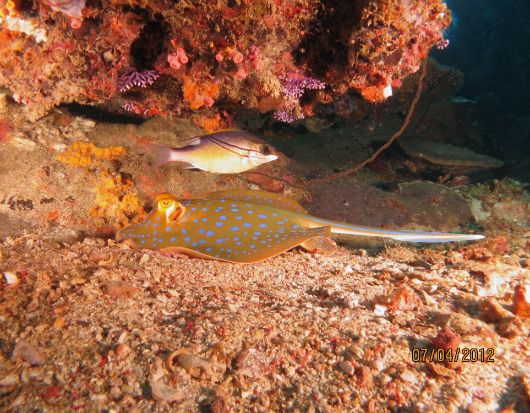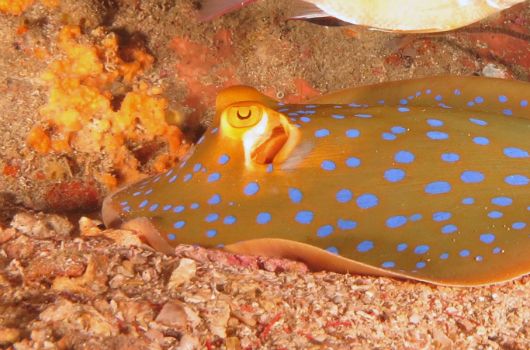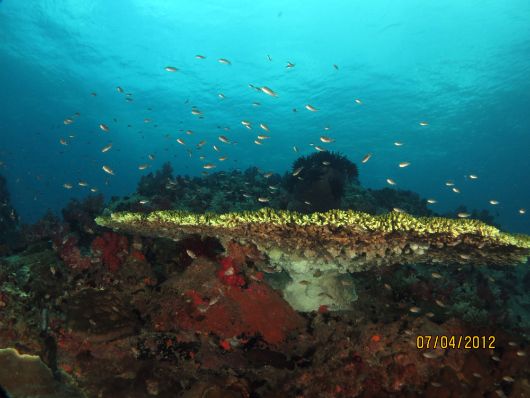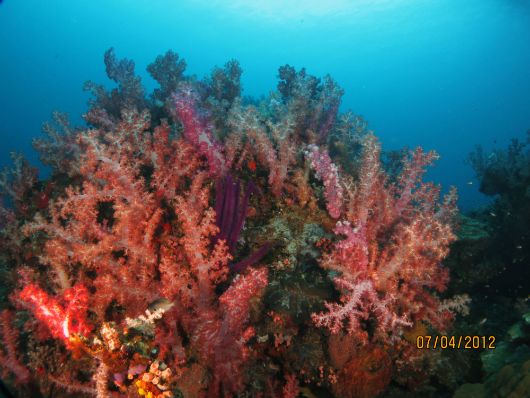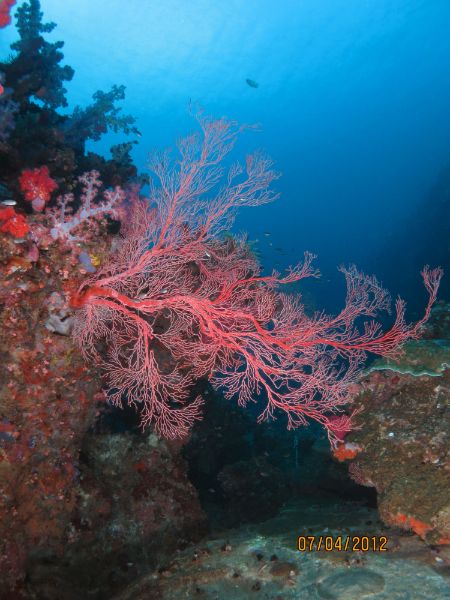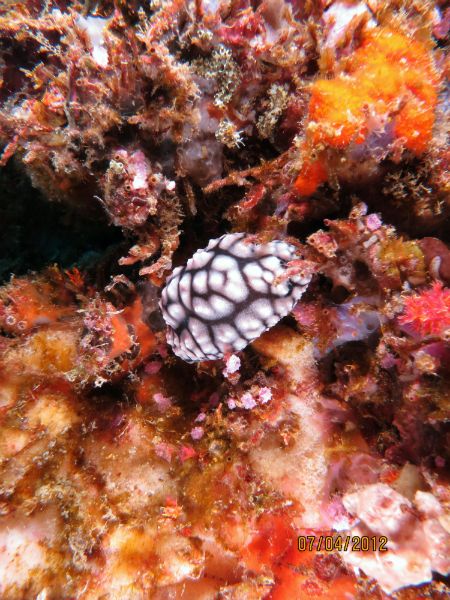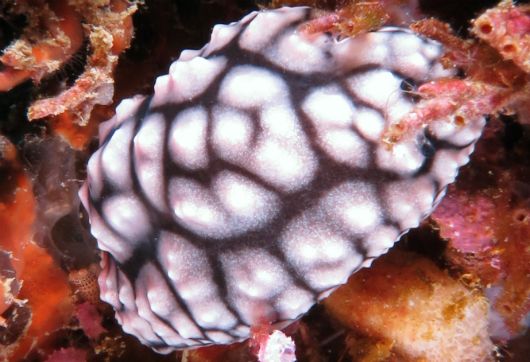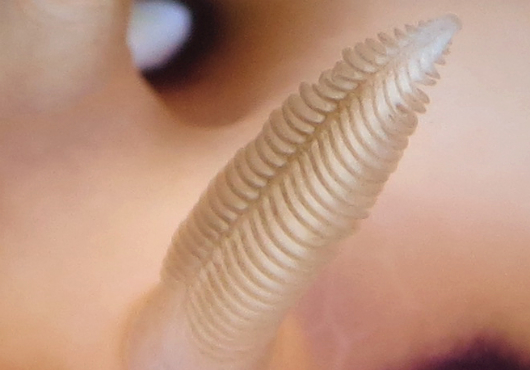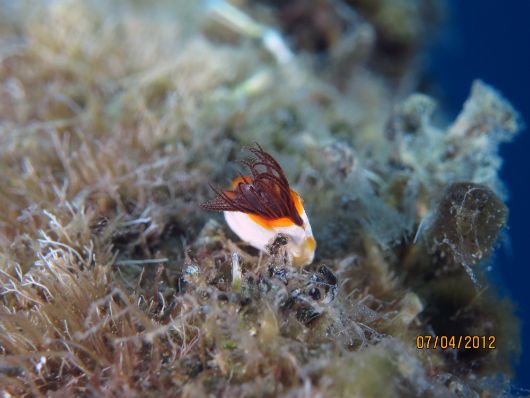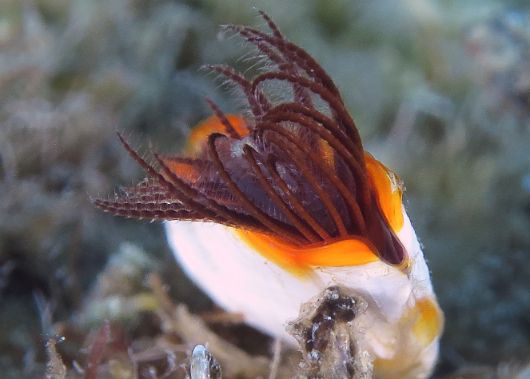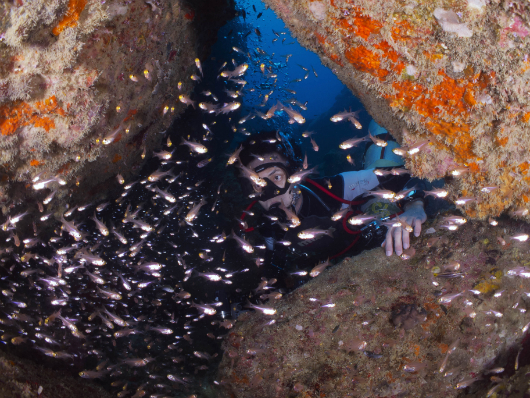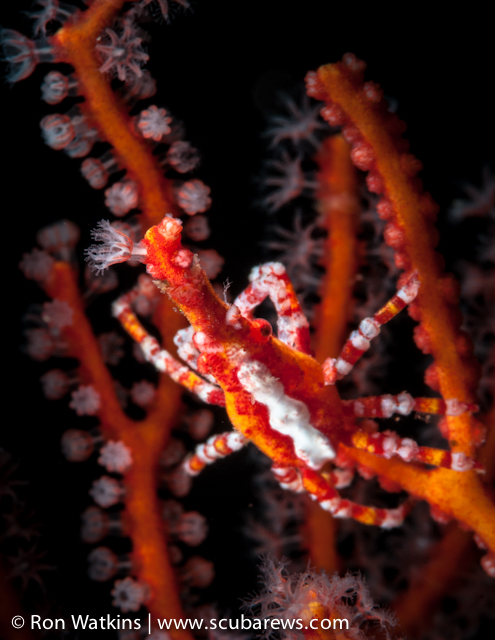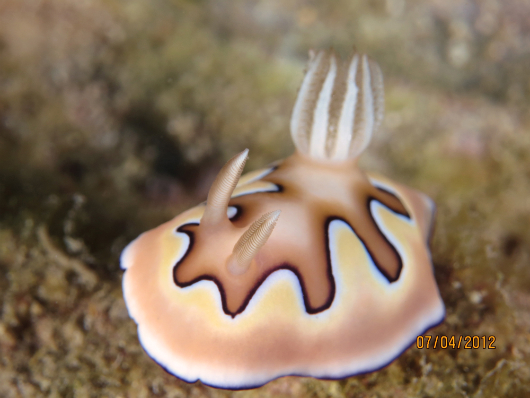
Canon S100 First Impressions
A diver's first impressions using the Canon S100 underwater
By Victor Tang
Canon recently unveiled its latest compact camera, the Canon S100, successor to the S95. The S95 proved to be a wildly popular camera of choice for underwater photography, especially for new underwater photographers and serious enthusiasts who prefer a compact set-up when diving. The S100 promises to be a very compelling new choice for compact underwater photographers by making improvements on the S95, namely:
- Increasing the zoom range. This has increased from 24-120mm to 28-105mm. This means that the S100 has a wider field of view that gives greater flexibility when taking wide-angle shots. At the same time the longer focal length when the camera is fully zoomed promises to give better magnification for taking macro subjects.
- Closest focus distance when fully zoomed out has decreased from 5cm to 3cm. This allows the user to get closer to macro subjects and still keep them in focus.
- A brand new image sensor with a higher pixel count at 12.1 megapixels with improved ISO range. This promises better picture resolution and better light collecting capabilities in the images it produces.
- A new Digic 5 image processor, which promises better image quality with less noise or “fuzziness.”
- Full HD videos with the addition of allowing optical zoom during recording.
I had the opportunity to try out the S100 for a dive while on a weekend dive trip to Tioman Island.
My set-up is as follows:
-
Canon S100 in FIX S100 housing. This is very similar to the Recsea housing and both are the only housings on the market that allow full access to all the controls on the camera.
-
Inon UWL-100 wide-angle conversion lens.
- Dyron +7 and Subsee +10 macro lenses.
Ergonomics
The S100 allows the photographer to easily adjust the shutter speed and aperture via the rear dial and front control ring respectively. When housed in the FIX housing both functions are easily accessible by dials that can be easily rotated by the thumb and index fingers, which makes it easier to use manual mode underwater than on land with the camera alone. Operating a camera on land versus underwater are two totally different propositions, and there are some points to note when operating the S100 underwater:
- Because of its size, the S100 does not have a dedicated button for ISO. Only the “ring function” button can access the ISO, along with the custom white balance function which I use very often with the G12. This means that unlike the G12, the user can only access one of these functions at the expense of the other. In such a situation, I advocate setting the ring function button to control ISO and leave the white balance to auto.
- While using the S100 underwater I often find myself inadvertently depressing the direct movie recording button as it is next to the ring function button. It may take some time to “learn” how to avoid the direct movie recording button when accessing the ring function button.
Wide-Angle Photography
The new fixed lens on the S100 is wider than that of the Canon G12, which from my previous article has proven to be a competent camera for wide-angle shots on it’s own without the use of wide-angle conversion lenses. With an effective field of view of 30mm (24mm x 1.25 to account for the refraction index of water) the S100 truly has wide-angle capability out of the box. Upon initial observations, it’s apparent that image quality is impressive with crisp clear images. At 100% crop the resulting images still give great detail, which could be the result of a higher pixel count and the new Digic 5 processor.
Blue spotted stingray. Shot with manual mode at f8 and 1/100s. ISO at 80.
Blue spotted stingray at 100% crop.
As you would expect from a Canon, colors on images are warm and vivid with great detail. Low contrast detail is well preserved and there are no appreciable increases in noise levels as the ISO is increased up to 400.
Table coral. Shot with manual mode at f8 and 1/160s. ISO at 80.
Candy coral. Shot with manual mode at f8 and 1/60s. ISO at 80.
Adding a wide-angle conversion lens will help to increase the angle of view for more effective wide angle shots. However, the vignette issues that plagued the G12, where the lens port itself obscures part of the image after the wide-angle lens is installed, has resurfaced. Many wide-angle conversion lenses currently on the market have no such vignette issues with the S95, which leads me to conclude that this is due to the increase in wideness on the S100. Zooming in the lens slightly will eliminate the vignette, but a penalty is incurred with a slight loss of wideness. The usual problem of blurring at the edges continues to persist. Fisheye lenses made by Dyron may be able to resolve issues with blurred edges in the image.
Sea fan. Shot with manual mode at f8 and 1/100s.ISO at 200. Inon UWL-100.
Macro Photography
Taking macro subjects is where the S100 truly shines. The higher pixel count and noise reduction features really come into play here, resulting in details that are truly impressive for a compact camera. Considering that the output is in JPEG, image quality should improve even more when shot in RAW.
Nudibranch. Shot with manual mode at f8 and 1/200s. ISO at 80.
100% crop.
Using underwater macro lenses is a breeze because almost all third party housings, including Ikelite, come with 67mm threads at the front of their lens ports.
Nudibranch. Shot with manual mode at f8 and 1/250s. ISO at 200. Dyron +7 macro lens.
200% Crop.
Barncale. Shot with manual mode at f8 and 1/250s. ISO at 200. Subsee +10 macro lens.
100% Crop.
First Impressions
Having now experienced the S100 underwater, I returned the camera to its owner but cannot help but be impressed by its amazing capabilities. There are no big differences ergonomics wise with the S95, and the old problems with wide-angle lenses remain, so the S100 did not re-invent the wheel. The leap forward in image quality due to improvements in the lens, image sensor and the Digic 5 image processor make it a very desirable camera to take under the waves. If you desire a small, unobtrusive package where you can capture great snapshots of your diving adventures, with room to accommodate add-ons like strobes and lenses to take your photography further, then the S100 is the camera for you.
About the Author
Victor Tang runs a small dive travel company, Wodepigu Water Pixel, that in addition to the usual places like Manado and Bali endeavours to bring divers to some of the more exotic and harder to reach dive locations in Southeast Asia.
Further Reading
Support the Underwater Photography Guide
Please support the Underwater Photography Guide by purchasing your underwater photography gear through our sister site, Bluewater Photo and Video. Click, or call them at (310) 633-5052 for expert advice!




